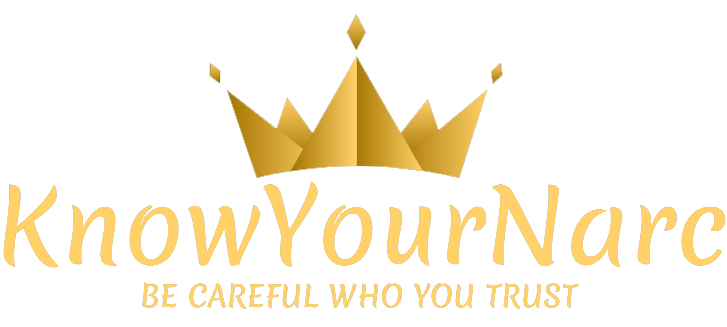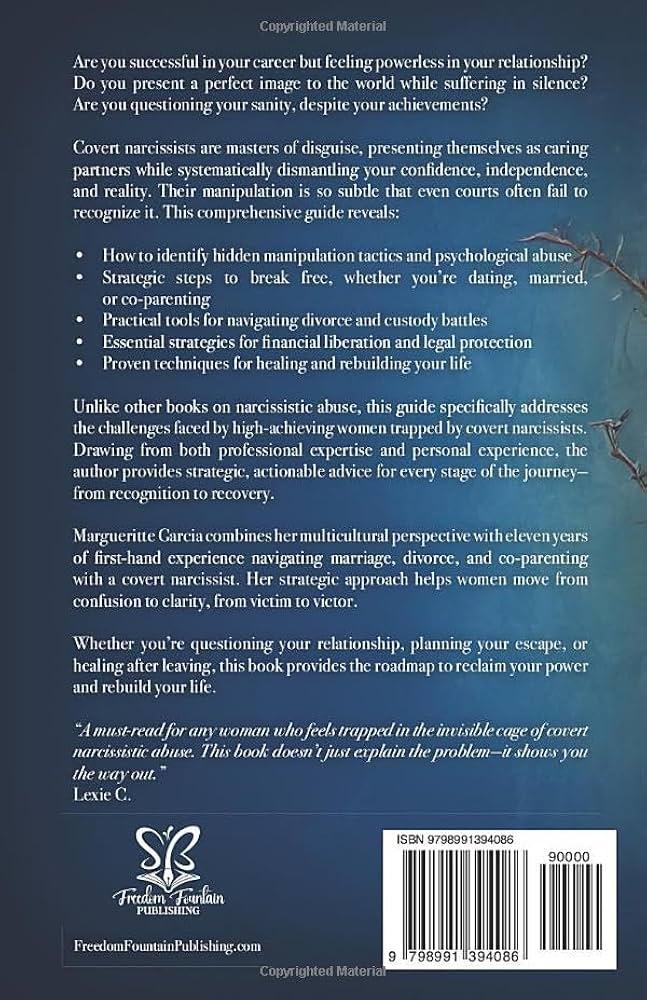For years, I lived in the shadows of someone who seemed charming to the outside world but left me feeling invisible and broken inside. Being with a covert narcissist is like navigating a maze of confusion, self-doubt, and silent manipulation—one that slowly chips away at your sense of self without you even realizing it. This is my story of recognizing the hidden wounds, finding the strength to break free, and slowly piecing together my own healing. If you’ve ever felt trapped in a relationship where love was conditional and validation was scarce, you’re not alone. Join me as I share the painful yet empowering journey of reclaiming my life and rediscovering who I truly am.
Table of Contents
- Understanding the Hidden Impact of Covert Narcissistic Abuse on Your Mental Health
- Recognizing the Signs and Breaking Free from Emotional Manipulation
- Rebuilding Your Sense of Self Through Mindful Healing Practices
- Practical Steps to Cultivate Healthy Relationships After Narcissistic Trauma
- Key Takeaways
Understanding the Hidden Impact of Covert Narcissistic Abuse on Your Mental Health
Living with someone who wields covert narcissistic abuse is like navigating a world where your reality is constantly questioned and your feelings systematically minimized. This form of abuse is insidious, often cloaked in kindness and subtle manipulation, making it difficult to pinpoint or even admit to yourself. The mental fog that sets in is a result of relentless gaslighting—where your thoughts and emotions are constantly invalidated—leading to deep-seated self-doubt, anxiety, and a fractured sense of identity. Over time, the unseen wounds manifest as chronic stress and depression, silently eroding your mental health while keeping you trapped in a cycle of confusion and emotional isolation.
Recovering from such trauma requires more than just time—it demands a profound shift in how you view yourself and your experiences. Key steps that helped me begin the healing process included:
- Recognizing patterns of subtle emotional sabotage and reclaiming my truth.
- Setting firm boundaries, even when it felt uncomfortable or disloyal.
- Seeking support from therapists and communities who truly understood covert abuse.
- Prioritizing self-care practices that nurtured my mental and emotional well-being.
These actions gradually dismantled the invisible chains that kept me tethered to that toxic environment, allowing me to rebuild my confidence and rediscover my authentic self.
Recognizing the Signs and Breaking Free from Emotional Manipulation
Living under the shadow of a covert narcissist means constantly questioning your reality. At first, I didn’t realize that the subtle guilt trips, the persistent dismissals of my feelings, and the sly deflections were all part of an insidious pattern designed to keep me off balance. The manipulation was wrapped in a facade of care, making it far harder to identify. What helped me most was learning to recognize the silent tactics they use:
- Gaslighting – making you doubt your memory or perceptions
- Feigning victimhood to avoid accountability
- Subtle criticism disguised as “jokes”
- Withholding affection as a form of control
Breaking free was not a sudden act but a gradual reclaiming of my own voice. I started setting boundaries, even when it felt uncomfortable or guilt-ridden. Recognizing that my feelings were valid, no matter how much they tried to silence them, was revolutionary. Through therapy and self-reflection, I rebuilt my self-worth and learned that freedom lies in trust—trusting my instincts and refusing to be manipulated by invisible strings anymore.
Rebuilding Your Sense of Self Through Mindful Healing Practices
After years of feeling invisible and doubting my own worth, I discovered that healing is not just about moving on but about reclaiming my authentic self. This journey demanded more than forgiveness; it required a conscious reshaping of how I perceived my inner world. I turned to mindful healing practices—meditation, journaling, and gentle movement—to peel back layers of internalized criticism and silence the harsh inner voice that had echoed years of manipulation. Each breath taken with intention became a small act of rebellion against self-doubt, and every mindful pause allowed me to reconnect with emotions I had long suppressed. Slowly, the armor I had built began to soften, revealing resilience I didn’t know I possessed.
Incorporating these practices into my daily routine was transformative because they helped me cultivate a compassionate relationship with myself. I started to honor my feelings instead of dismissing them, and I learned to sit with discomfort rather than run from it. Here are some of the mindful habits that anchored my healing process:
- Morning reflections: Setting intentions to nurture patience and self-kindness.
- Evening gratitude journaling: Recognizing growth and progress, no matter how small.
- Body-focused meditations: Reconnecting with physical sensations as a pathway to emotional awareness.
- Nature walks: Embracing solitude amidst the healing energy of the outdoors.
These small, consistent acts gradually rebuilt the foundation of my self-esteem, reminding me that my worth is inherent and unshakable—even after the shadows of narcissistic abuse.
Practical Steps to Cultivate Healthy Relationships After Narcissistic Trauma
Rebuilding trust in others starts with honoring your own boundaries first. I learned to say no without guilt and recognized that my needs are valid. Small acts, like setting clear limits on how much time I spend with someone or gently asserting my preferences, became powerful tools. Surrounding myself with people who actively listen and respect my feelings helped me slowly rewrite my story of connection, one authentic interaction at a time.
Another key step was embracing vulnerability—not as a weakness but as an anchor for genuine intimacy. I began sharing my experiences with close friends and support groups, which created safe spaces for healing. Practicing self-compassion and patience allowed me to recognize red flags early, making space for relationships that uplifted rather than drained me. Through this process, I found that cultivating healthy bonds is less about perfection and more about mutual respect, empathy, and trust.
- Set and maintain personal boundaries consistently
- Choose relationships that honor your feelings and experiences
- Practice vulnerability with trusted individuals
- Engage in self-compassion and patient healing
Key Takeaways
Healing after years with a covert narcissist is not a straightforward path—it’s a journey filled with unexpected twists, moments of doubt, and breakthroughs that often come quietly. Sharing my story isn’t just about looking back; it’s about honoring how far I’ve come and embracing the freedom that lies ahead. If you’re standing where I once stood—feeling lost, confused, or invisible—know that healing is possible. It takes time, patience, and a lot of self-compassion, but every small step forward is a victory. My hope is that by opening up about my experience, others can find a flicker of hope and the courage to start their own journey toward reclaiming their sense of self. You’re not alone, and there is light waiting on the other side.

